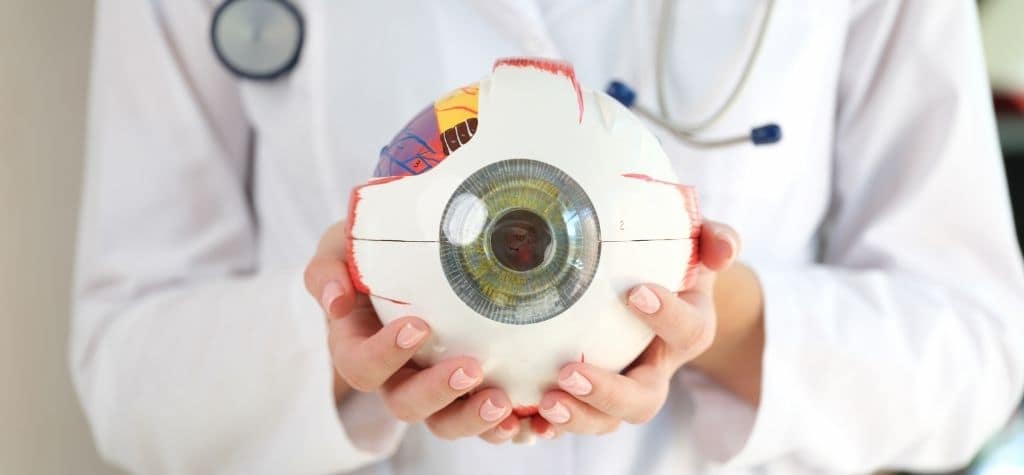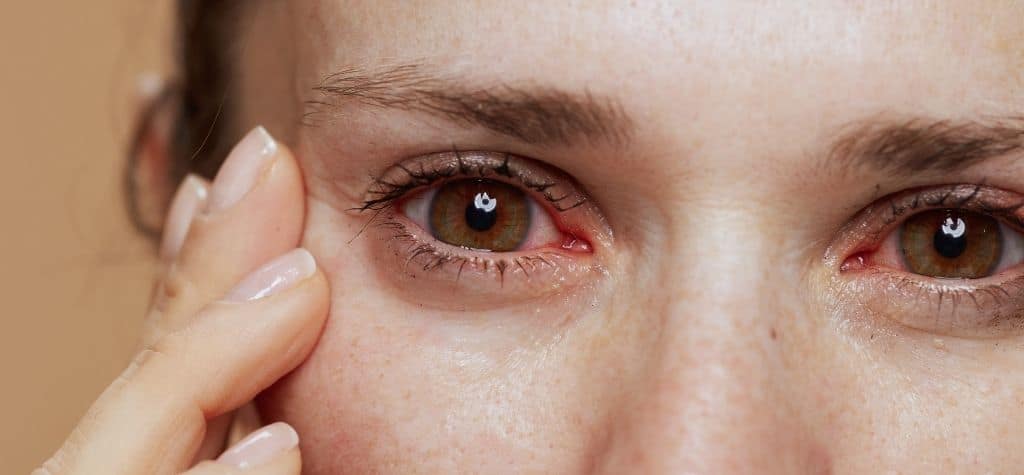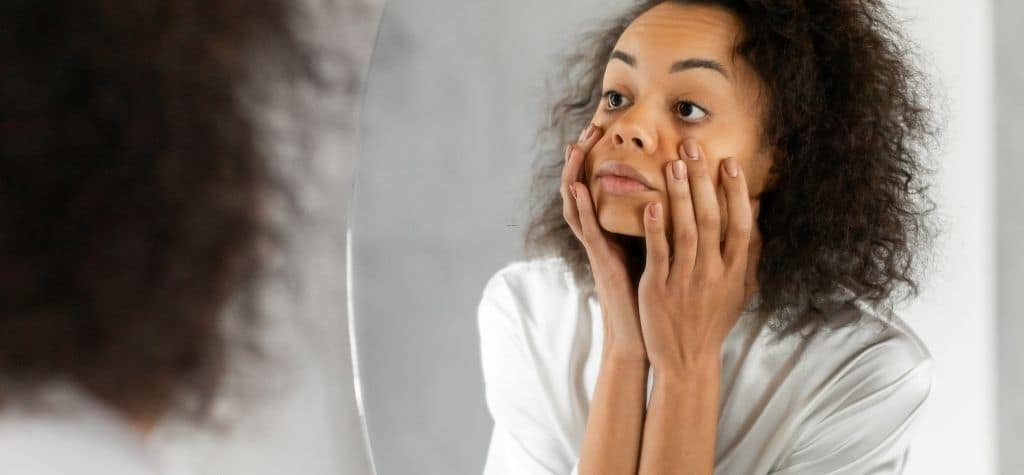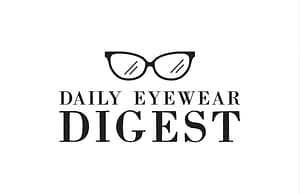Why Eye Health Should Be a Priority in 2025

In the ever-evolving landscape of modern technology, our eyes are under more strain than ever before. With the increasing use of digital devices in both professional and personal life, the average person spends nearly 7-10 hours a day staring at screens. This significant rise in screen time makes eye health a critical issue in 2025.
Technological Impact on Vision
From smartphones to VR headsets, exposure to blue light and rapid visual stimuli has heightened the risk of digital eye strain. Symptoms like dryness, irritation, and fatigue have become widespread. Even young individuals are facing premature vision problems due to excessive screen exposure.
Increasing Screen Time and Digital Eye Strain
“Computer Vision Syndrome” is now a well-recognized condition. It combines a host of symptoms caused by prolonged screen usage, including blurred vision, headaches, and neck pain. Taking regular breaks, using blue light filters, and maintaining proper posture can help reduce the strain—but awareness is the first step.
Understanding the Importance of Early Detection
Vision and Quality of Life
Vision is one of our most vital senses. A small issue ignored today could evolve into a permanent condition tomorrow. Routine eye check-ups and recognizing symptoms early can prevent a decline in quality of life.
Preventing Permanent Damage
Certain eye diseases like glaucoma, macular degeneration, or diabetic retinopathy progress slowly and painlessly. They may show minimal symptoms initially, but can cause irreversible damage if left untreated. Early diagnosis and timely treatment can save vision.
Symptom #1 – Sudden Blurry Vision
Possible Underlying Causes
Sudden blurred vision can be alarming. While it may result from simple fatigue or dehydration, it could also indicate retinal detachment, stroke, or optic neuritis. In some cases, it may be linked to uncontrolled blood sugar levels or high blood pressure.
When to Seek Medical Help
If blurry vision appears abruptly, especially in one eye, or is accompanied by headache or dizziness, seek immediate medical attention. Delaying care can increase the risk of permanent visual impairment.
Symptom #2 – Persistent Eye Pain or Discomfort
Eye Strain vs. Underlying Conditions
Not all eye pain is harmless. Chronic discomfort might be a sign of something more serious than just eye fatigue. It could stem from corneal abrasions, infections, or even glaucoma, which requires urgent treatment.
Linked Conditions: Glaucoma, Infections
Glaucoma, often called the “silent thief of sight,” can cause pressure buildup inside the eye leading to nerve damage. Conjunctivitis, keratitis, or even uveitis are other culprits that should not be overlooked.
Symptom #3 – Frequent Floaters or Flashing Lights
What Are Floaters?
Floaters are small shapes or shadows that drift across your vision. While usually harmless and age-related, a sudden increase could indicate vitreous detachment or retinal tears.
Retinal Detachment Warning Signs
Flashes of light or a curtain-like shadow across your field of vision are red flags for retinal detachment. Immediate medical intervention is crucial to prevent blindness.
Symptom #4 – Red or Bloodshot Eyes

Common Causes: Allergies, Infections
Redness can result from allergies, dry air, or mild infections. However, when accompanied by pain, blurred vision, or discharge, it warrants closer examination.
Serious Concerns: Uveitis, Scleritis
Conditions like uveitis or scleritis are inflammation-based and can signal autoimmune disorders or infections. These need prompt evaluation by an ophthalmologist.
Symptom #5 – Sensitivity to Light (Photophobia)
Common Triggers
Photophobia can result from migraine attacks, corneal abrasions, or even meningitis. Sensitivity to light should never be ignored, especially if it’s new or worsening.
Related Conditions: Migraines, Corneal Issues
When light sensitivity is paired with vision changes, pain, or redness, it might suggest serious ocular infections or optic nerve issues.
Symptom #6 – Eye Discharge or Crusting
Infection Indicators
Eye discharge—especially if thick, yellow, or green—typically signals bacterial or viral infections. Crusting that makes it hard to open the eyes in the morning is a classic symptom of conjunctivitis.
Difference Between Viral and Bacterial Causes
Viral infections often produce watery discharge, while bacterial ones lead to thicker mucus. Understanding the type of infection can help guide treatment options and prevent spreading to others.
Symptom #7 – Gradual Loss of Vision
Age-Related Causes: Cataracts, Macular Degeneration
A slow and steady decline in vision is frequently tied to aging conditions like cataracts or age-related macular degeneration (AMD). These are treatable but should be diagnosed early.
Diabetic Retinopathy and Glaucoma
For individuals with diabetes, vision loss may indicate diabetic retinopathy. Glaucoma also contributes to peripheral vision loss, often unnoticed until advanced stages.
How to Monitor Your Eye Health at Home

Self-check Techniques
While professional check-ups are irreplaceable, there are several simple at-home checks you can perform to monitor your eye health. These include:
- Amsler Grid Test to detect macular issues.
- Covering one eye and checking vision clarity in each.
- Observing any changes in peripheral vision or color perception.
Tracking these changes can help identify abnormalities early.
Importance of Eye Exams
Even if you feel fine, you should have a comprehensive eye exam every 1-2 years. People with diabetes, hypertension, or a family history of eye diseases may need more frequent screenings. Regular exams can detect conditions long before symptoms arise.
When to See an Eye Specialist Immediately
Emergency Warning Signs
If you experience any of the following, seek immediate help:
- Sudden loss of vision in one or both eyes.
- Severe eye pain or trauma.
- Flashes of light or a sudden increase in floaters.
- Eye bleeding, double vision, or intense redness.
These symptoms may point to urgent conditions like retinal detachment, acute glaucoma, or internal bleeding.
How to Choose the Right Eye Doctor
There are different types of eye specialists:
- Optometrists for general vision care and basic conditions.
- Ophthalmologists for surgical and complex cases.
Choose based on your specific needs. Reviews, certifications, and referrals can guide your decision.
Advances in Eye Care Technology (2025)
Smart Eye Wearables
Eye care has embraced technology with AI-powered glasses that monitor intraocular pressure or blood sugar levels. These innovations can alert users to early signs of glaucoma or diabetic retinopathy.
AI Diagnostics and Retinal Scanning
Artificial Intelligence is revolutionizing diagnosis. With AI-powered retinal scans, doctors can now detect diseases like Alzheimer’s and hypertension through your eyes. Clinics are integrating this into routine screenings for faster, more accurate results.
Preventive Measures to Maintain Vision Health

Nutrition for Eye Health
Foods rich in:
- Omega-3 fatty acids (salmon, walnuts),
- Lutein and zeaxanthin (leafy greens),
- Vitamin A and C (carrots, oranges)
help protect your retina and reduce the risk of age-related issues.
Daily Habits for Better Vision
- Follow the 20-20-20 rule: every 20 minutes, look at something 20 feet away for 20 seconds.
- Wear sunglasses that block UV rays.
- Use protective gear during risky activities or sports.
- Avoid smoking—it significantly increases the risk of macular degeneration and cataracts.
Common Misconceptions About Eye Health
Myths vs. Facts
- Myth: Reading in dim light ruins your vision.
Fact: It causes strain, but doesn’t damage vision permanently. - Myth: Wearing glasses weakens your eyes.
Fact: Glasses correct vision; they don’t worsen your eyesight. - Myth: Carrots alone improve vision.
Fact: While rich in Vitamin A, a balanced diet is crucial for eye health.
Over-the-Counter Solutions
Many people misuse OTC eye drops. While they offer temporary relief, prolonged use without a diagnosis can mask serious conditions. Always consult a professional for persistent symptoms.
FAQs About Eye Symptoms and Care
1. What are the early signs of eye problems I should look out for?
Watch for blurred vision, eye pain, floaters, or light sensitivity. Sudden changes should be checked immediately.
2. Can eye symptoms be related to other health conditions?
Yes, systemic diseases like diabetes, hypertension, and autoimmune disorders often show early signs in the eyes.
3. Are regular eye exams necessary if I have perfect vision?
Absolutely. Some eye diseases show no symptoms until damage is done. Regular exams help with early detection.
4. How does screen time affect eye health?
Excessive screen time can cause digital eye strain, dry eyes, and blurred vision. Taking breaks and using proper lighting can help.
5. When should children start seeing an eye doctor?
Children should have their first eye exam at 6 months, then at age 3, and again before starting school.
6. Is vision loss always permanent?
Not always. Conditions like cataracts are reversible with surgery, while others like glaucoma require lifelong management to prevent further damage.
Conclusion: Stay Vigilant, Save Your Sight
Your eyes are not just windows to the world—they’re also mirrors reflecting your overall health. In 2025, when screens dominate our lives and silent diseases lurk behind subtle symptoms, staying vigilant about eye health is more important than ever.
Recognizing and acting on the 7 common eye symptoms you shouldn’t ignore in 2025 could be the difference between clear sight and irreversible loss. Empower yourself with knowledge, schedule regular eye exams, and prioritize preventive care.

